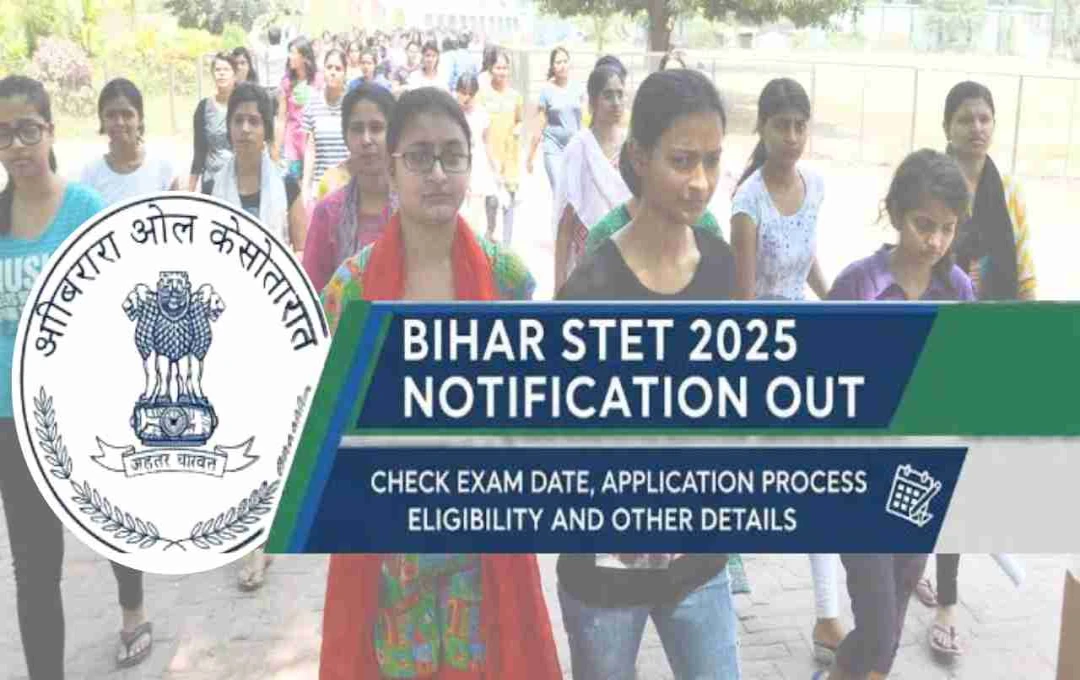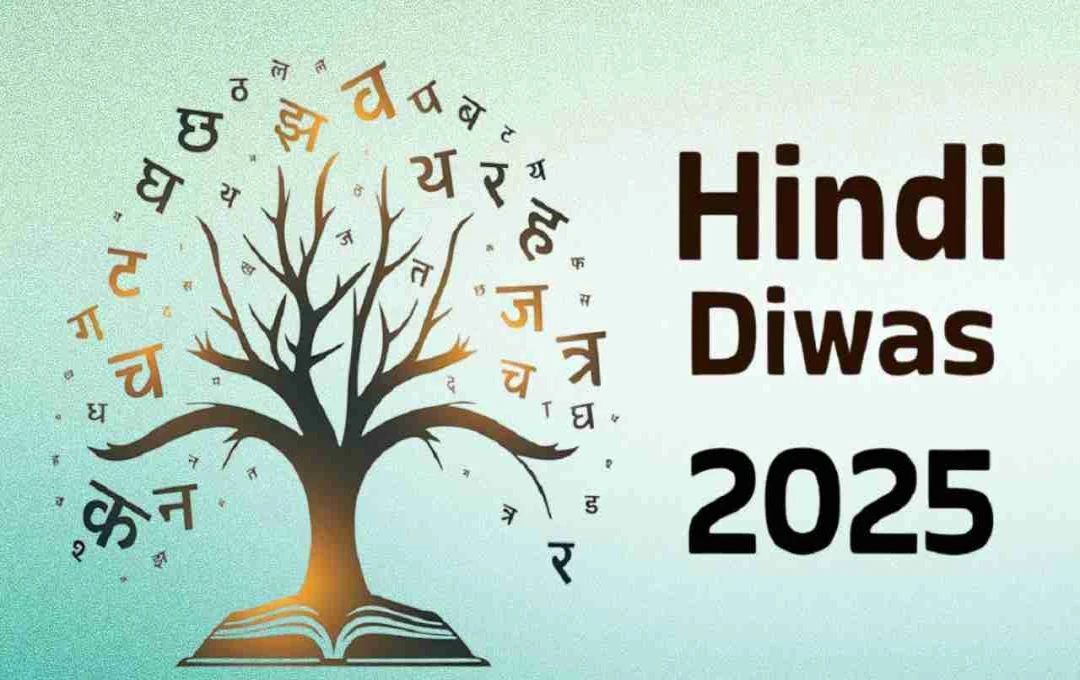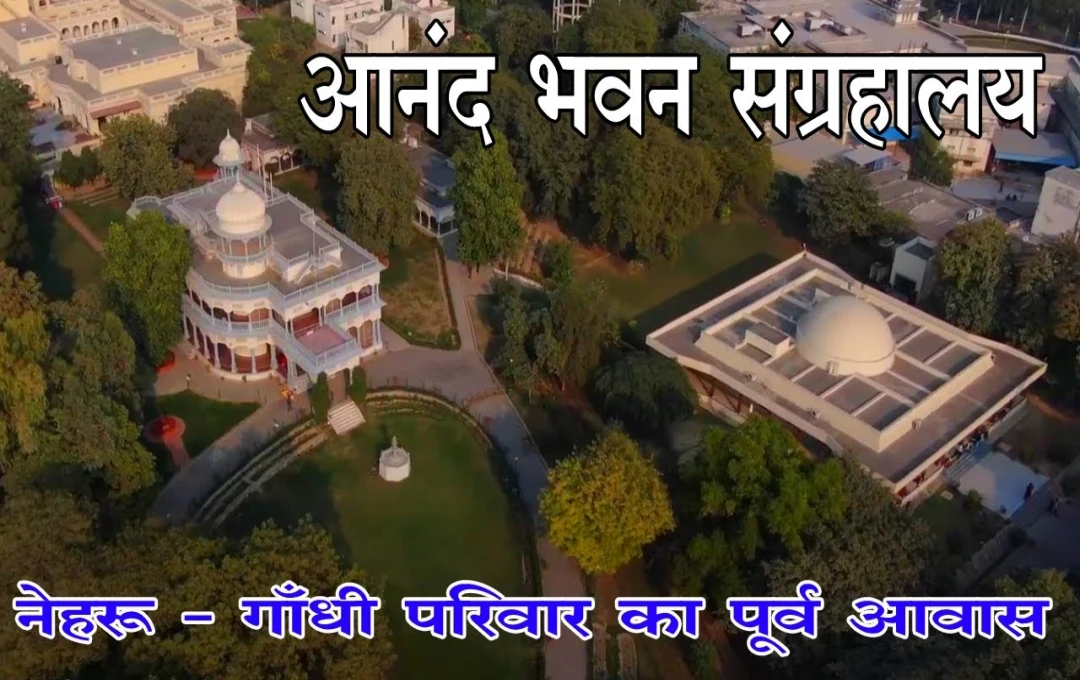According to reports, lenders may now have more freedom to provide short-term loans for gold-backed consumer loans.
The Reserve Bank of India (RBI) recently issued new guidelines related to gold loans, which will not only impact lenders' business models but also bring relief to low-to-middle-income borrowers. According to a report by S&P Global Ratings, the new regulations will grant lenders greater flexibility in providing smaller, short-term consumer loans based on gold. This change will increase transparency in the gold loan sector, strengthen risk management, and alter operational strategies for lenders.
Changes in Gold Loan Regulations

The two main changes implemented by the RBI relate to the loan value and repayment evaluation methodology of gold-backed consumer loans. The first major change is that interest payable until maturity will now be included in the calculation of the Loan-to-Value (LTV) ratio. This means the amount of advance loan disbursed by the lender may be limited.
The second major change is that cash flow-based loan assessment is now mandatory for consumer loans exceeding $3,000 (approximately ₹2.5 lakh) and all income-generating loans. This means relying solely on the value of the pledged gold will no longer suffice.
Challenges and Opportunities for Lenders
This new system will require lenders to modify their risk management policies. NBFCs like Muthoot Finance and Manappuram Finance, major gold loan providers, will now need to conduct in-depth analysis of borrowers' income and cash flow, rather than solely relying on collateral value.
The biggest associated challenge will be training loan officers to accurately assess borrowers' repayment capacity. This change will initially demand both cost and time, but in the long term, it will strengthen lenders' portfolios.
The report suggests that this change could prove beneficial for institutions capable of rapidly adapting their business models.
Benefits for Low- and Middle-Income Borrowers

The RBI's new guidelines offer relief to low- and middle-income borrowers. Previously, only a limited portion of the pledged gold's value was available as a loan; now, the possibility of short-term products (such as loans with a 3- to 6-month duration) will increase. This will allow borrowers to utilize the maximum value of their gold.
Under this new framework, the approval process for small loans will also be simplified, saving time and providing customers with quicker assistance. This will be particularly beneficial for customers with limited monthly income who resort to gold loans for short-term emergency needs.
Renewal Process Clarified, Increased Transparency
The RBI has also provided clear instructions regarding gold loan renewals. Renewing any gold loan will now mandate the full payment of all outstanding interest. This provision safeguards lenders from situations where loans are repeatedly renewed, leading to accumulating arrears.
This new rule will increase transparency and make the loan process more disciplined. It will also reduce the potential pressure of Non-Performing Assets (NPAs) on the banking system.
Potential Changes in the Gold Loan Business Model
These regulations are likely to bring about significant changes in the business models of gold loan companies. The model, previously focused on collateral value, will now be based on analysis of the borrower's income, profile, and cash flow. This change will reduce the risk of loan defaults and improve the asset quality of lenders.
Furthermore, NBFCs will need to invest in their software systems, valuation processes, and employee training. While this will be a short-term investment, it will contribute to long-term financial stability and business growth.















